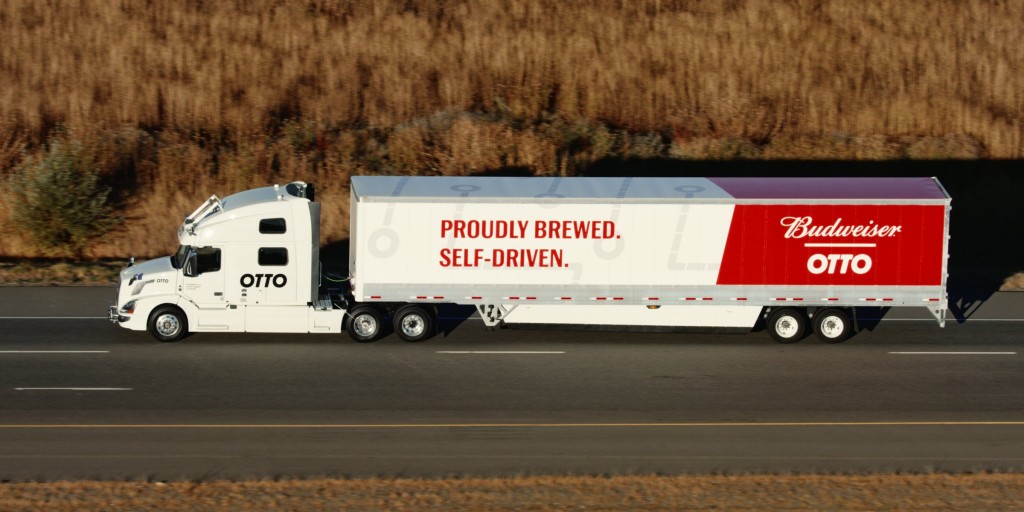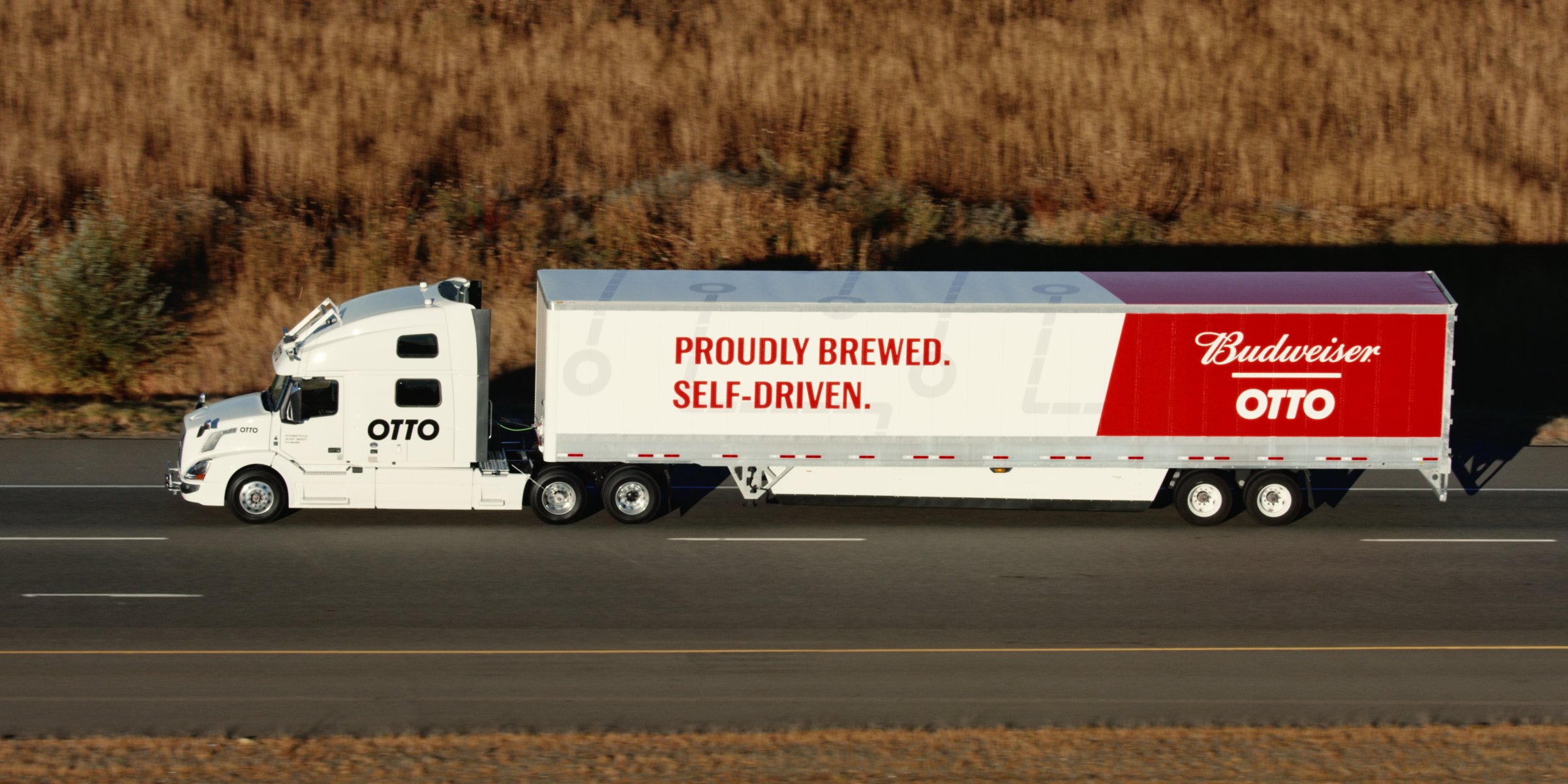2020 was an emotional and financial rollercoaster for many since the virus was anything but ordinary, which caused many businesses and operating companies to downsize and even permanently shut down. The ripple effect of the pandemic has been huge and is still impacting consumer behavior, pricing, even the freight rates of the trucking business.
Nonetheless, there is hope on the horizon for potential truckers who might be looking for Arizona Dot Number before officially starting their transportation business. While several states might still consider implementing strict “stay-a-home” rules, trucking businesses, utility workers, and other transportation-based businesses have made their way to essential services that will continue to operate, despite the worldwide changes brought out by the pandemic.

Economic Future & Trucking Opportunity
Compared to 2019, it has been analyzed that the trucking business was already dealing with slow growth in 2020 before the pandemic hit the globe. In other words, the stage was already set for financial troubles, and the pandemic accelerated the economic hardship. While this assessment is not lost on the transportation companies, the pandemic only served as a cherry on the top.
The nationwide economic recession caused the market for truckers to drop by 40%, causing a series of bankruptcies for miscellaneous heavy-duty trucking companies. That said, potential truckers can learn to be hard-stomached if they want to remain in the trucking business for a long time. Nonetheless, analysts are certain about the potential growth of the trucking business in 2021 and the upcoming years.
Much of this potential growth in the trucking business is happening in the light of e-commerce growth and consumer behavior, which has increased the use of freight trucks. As more e-commerce companies are promising fast deliveries, more consumers are ordering their products online, simultaneously increasing the demands of tuckers.
The Importance of Keeping Truckers Healthy
Despite the continued business operations, the trucking company perpetually faces challenges led by the spike in delivery needs and interruptions in the supply chain. At the same time, the truck drivers try to stay on the road and maintain their health simultaneously. Nonetheless, trucking companies are doing their best to meet the needs of consumer demands and provide their services across the states.
Amongst the primary things to have changed in commercial transportation are the trucker’s health and safety practices. The transportation and logistics management took their time to discuss at great lengths the importance of disinfecting equipment and keeping one’s hands sanitized, which were followed by the significance of social distancing. For the trucking employees working in the back office, we have seen the implementation of remote-work or work-from-home options.
It is important to mention here that the safety protocols for truckers usually go beyond the societal standard of health and safety. It has been assessed that in contrast to other professions, truck drivers are at a higher risk of certain illnesses, such as heart diseases, diabetes, and sugar, which is why they have a higher “average age.”
Such health factors put truck drivers at a greater risk of getting severely ill, especially if they catch the virus. Trucking companies are acutely aware of this situation and implement extra precautionary measurements to protect the core components of their business and workforce. Resultantly, many trucking businesses have started providing protective equipment, such as sanitizers, gloves, and masks, to their on-site employees. This health practice is more likely to continue for the upcoming several years.
Final Thoughts
Potential truckers can expect loads of emphasis on safeguarding one’s health and incorporating personal safety for a certain time. While getting the vaccine is anything but mandatory for all employees, the jab also serves as a surety against the chances of catching the infection while making the workplace comfortable and safe.
Some trucking companies have set up checkpoints for potential drivers at the pickup and delivery stations where the trucker’s temperatures are checked before letting them enter. The paperwork flow has also become limited to the back office workforce so that minimum interaction occurs between the customers and the drivers and the workforce. As far as the trucking operations are concerned, they seem to spike and increase as people are keen on getting their products delivered instead of in-store shopping. Thus, the prospects of potential truckers and drivers are definitely on the success road.
